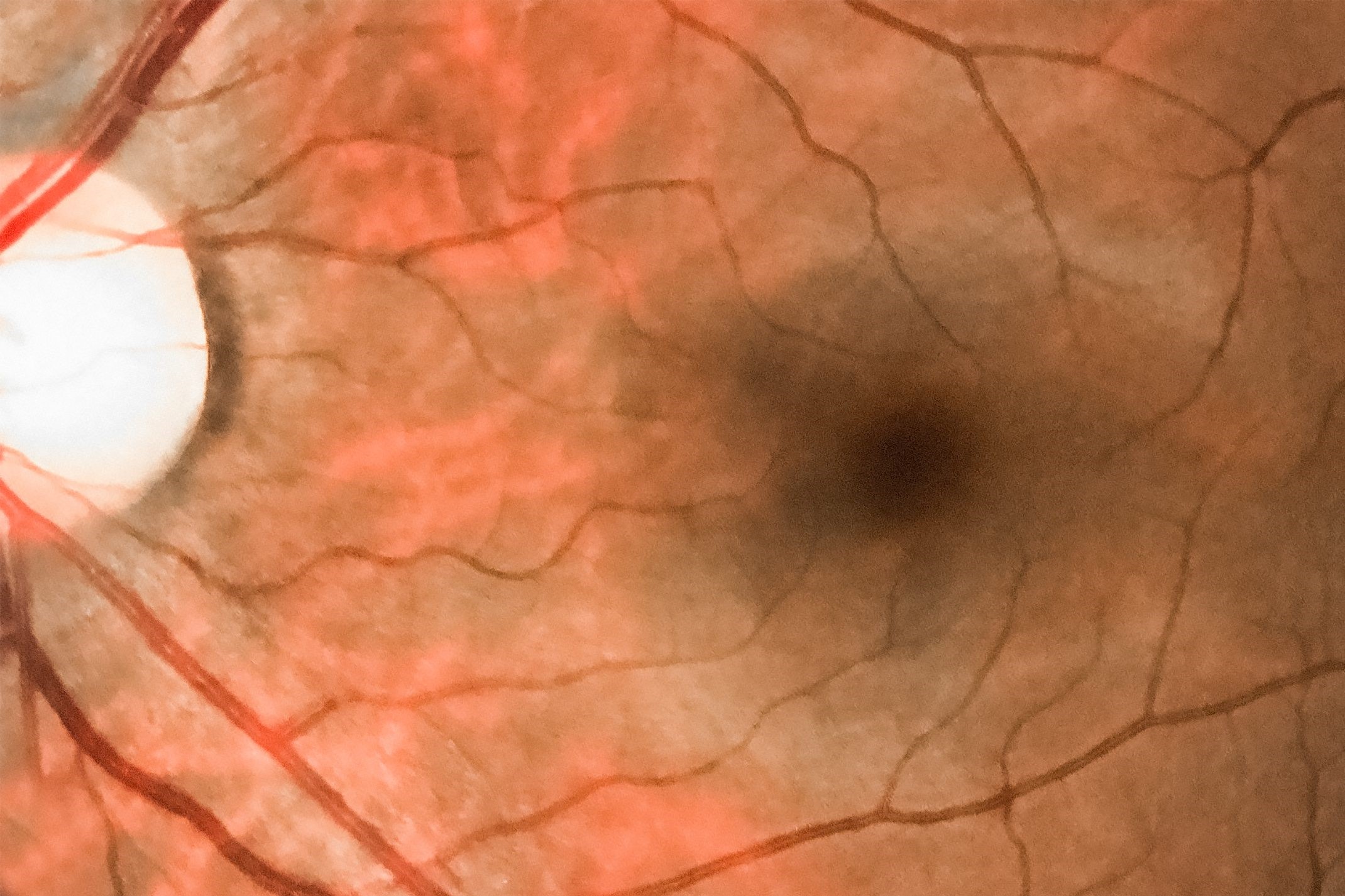
Symptoms and treatment of retinitis pigmentosa
Retinitis pigmentosa is a genetic disease, hereditary in character, usually due to alterations transmitted from one or both parents, and affecting the retina, which involves the degeneration and progressive loss of photoreceptors, such as cones and rods: the retina gradually reduces its ability to send visual information to the brain via the optic nerve
Symptoms and early signs of retinitis pigmentosa
One of the main symptoms, which can occur from an early age, is difficulty in vision in poorly lit environments (think of night blindness); not only that, patients suffering from retinitis pigmentosa also complain of difficulty in adapting vision when switching from bright to dark environments.
Another characteristic symptom of this disease is the progressive loss, or narrowing, of peripheral vision.
Gradually, tubular vision is found with difficulty in moving around in the environment, a condition that leads patients to stumble or bump easily against objects that are located to the side and, as a result, are not within the field of vision.
Also, the patient may experience a gradual inability to perceive colours correctly or report seeing bright flashes.
Main causes of retinitis pigmentosa
The retina, the thin layer of tissue that lines the back of the eye, is made up of special nerve cells capable of reacting to light: the cones and rods, which cooperate with each other to ensure correct vision and under normal conditions.
In the presence of genetic mutations, which cause the various forms of retinitis pigmentosa, the aforementioned nerve cells do not function properly, resulting in limited and degenerated vision.
What are the consequences of retinitis pigmentosa if left untreated?
As the disease progresses, in addition to the progressive loss of peripheral vision, it is possible to incur the loss of central vision: in severe cases, the patient’s vision can degenerate to the point of blindness.
Diagnosis of retinitis pigmentosa
If any of the symptoms described above are found to be present, a comprehensive examination is necessary for the prompt diagnosis of the disease.
Useful examinations in this case are
- visual acuity examination
- examination of the fundus oculi, i.e. the posterior part of the eyeball;
- fluoroangiography;
- visual field examination.
A further examination particularly suitable for the diagnosis of this pathology is the electroretinogram (ERG), which records the reaction of retinal cells to a light stimulus.
In the case of retinitis pigmentosa, a reduced or absent ERG value will occur.
How to treat retinitis pigmentosa
To date, there is no decisive cure for this disease: however, research is active and moving in different directions.
Early diagnosis makes it possible, however, to adopt a strategy to combat the disease, which can help, in most cases, to improve the quality of daily life.
The multidisciplinary approach includes:
- use of filter lenses
- administration of specific food supplements;
- oxygen ozone therapy and neurovisual rehabilitation sessions.
Read Also:
Emergency Live Even More…Live: Download The New Free App Of Your Newspaper For IOS And Android
Corneal Keratoconus, Corneal Cross-Linking UVA Treatment
Myopia: What It Is And How To Treat It
Presbyopia: What Are The Symptoms And How To Correct It
Nearsightedness: What It Myopia And How To Correct It
Blepharoptosis: Getting To Know Eyelid Drooping
Lazy Eye: How To Recognise And Treat Amblyopia?
What Is Presbyopia And When Does It Occur?
Presbyopia: An Age-Related Visual Disorder
Blepharoptosis: Getting To Know Eyelid Drooping
Rare Diseases: Von Hippel-Lindau Syndrome
Rare Diseases: Septo-Optic Dysplasia
Diseases Of The Cornea: Keratitis
Inflammations Of The Eye: Uveitis
Oncology, An Overview Of Orbital Tumours
Diagnosis Of Diabetes: Why It Often Arrives Late
Diabetic Microangiopathy: What It Is And How To Treat It
Diabetic Retinopathy: Prevention And Controls To Avoid Complications


